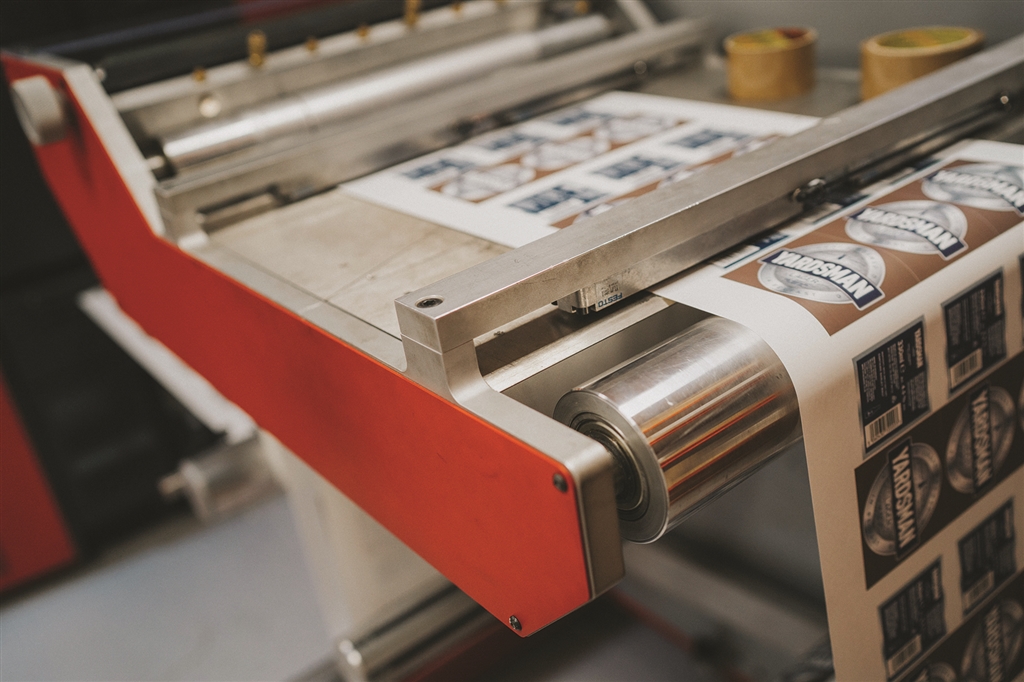In today’s fast-paced world, the importance of security printing in government documents cannot be overstated. As the backbone of any nation’s trustworthiness and integrity, these documents require the utmost protection against forgery and unauthorized duplication. With the advent of technology, the methods to secure these documents have evolved, ensuring that they remain tamper-proof and authentic.
From passports to national identity cards, birth certificates to visas, each document holds immense value. The stakes are high, and the need for robust security measures is paramount. This article delves into the intricacies of security printing, exploring its components, significance, and the innovative technologies that are shaping its future.

The Significance of Security Printing
The primary goal of security printing is to protect against counterfeiting and forgery. In a world where counterfeit documents can lead to severe consequences, the integrity of government documents is crucial. By using advanced printing techniques, governments can ensure that their documents are both secure and reliable.
Key Features of Security Printing
Several features make security printing effective in safeguarding documents. These include:
- Watermarks: These are embedded designs that are visible when held against the light. They are difficult to reproduce and provide an added layer of security.
- Holograms: Often used in passports and credit cards, holograms offer a three-dimensional image that changes when viewed from different angles.
- Microprinting: This involves printing tiny text or patterns that are not visible to the naked eye. It requires specialized equipment to view and reproduce.
- RFID Tags: These tags store electronic information that can be read by scanners, enhancing document security. For more on this technology, visit RFID Tags.
Technological Advancements in Security Printing
With the rapid advancement of technology, security printing has seen significant innovations. These advancements ensure that government documents remain ahead of counterfeiters, maintaining their authenticity and reliability.
3D Holographic Labels
One such advancement is the use of 3D Holographic Labels. These labels offer a dynamic visual effect, making them nearly impossible to replicate. They are increasingly being used in high-security documents, ensuring their authenticity.
Overt vs. Covert Printing Features
Understanding the difference between overt and covert features is essential for effective security printing. Overt features are visible to the naked eye, while covert features require special tools to detect. For a detailed comparison, visit Overt vs. Covert Features.
Challenges in Security Printing
Despite its advancements, security printing faces several challenges. Counterfeiters are continually finding new ways to bypass security measures, making it essential for governments to stay ahead of the curve.
Cost Implications
Implementing advanced security features can be costly. Governments must balance the need for security with budget constraints, ensuring that they get the best value for their investment.
Keeping Up with Technology
The rapid pace of technological advancement means that security printing techniques must constantly evolve. Staying updated with the latest innovations is crucial for maintaining document integrity.
Future of Security Printing in Government Documents
The future of security printing looks promising, with several emerging technologies poised to revolutionize the field. From blockchain technology to advanced biometric features, the possibilities are endless.
Blockchain Technology
Blockchain offers a decentralized and tamper-proof way to store and verify information. Its application in security printing could significantly enhance document integrity, ensuring they remain authentic and unaltered.
Biometric Features
Incorporating biometric features such as fingerprints and facial recognition into government documents can further enhance their security. These features provide an additional layer of protection, ensuring that documents cannot be easily forged or tampered with.
For more insights into anti-counterfeiting technologies, you can visit anti-counterfeiting technologies.
Conclusion
In conclusion, security printing in government documents plays a vital role in maintaining the integrity and trustworthiness of a nation. As technology continues to evolve, so too must the methods used to secure these documents. By embracing innovation and staying ahead of counterfeiters, governments can ensure that their documents remain secure and reliable.

FAQ Section
What is the primary purpose of security printing?
The primary purpose of security printing is to protect government documents from forgery and counterfeiting, ensuring their authenticity and reliability.
How do holograms enhance document security?
Holograms provide a three-dimensional image that changes when viewed from different angles, making them difficult to replicate and enhancing document security.
What are some emerging technologies in security printing?
Emerging technologies in security printing include blockchain, biometric features, and advanced holographic labels, all of which enhance document integrity and authenticity.
This article contains affiliate links. We may earn a commission at no extra cost to you.







